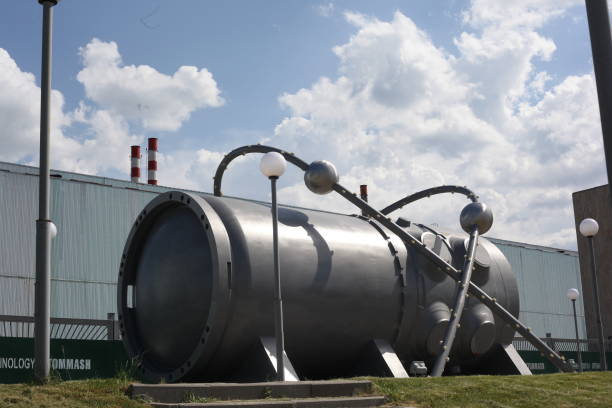Following the announcement of a delay in the country’s second attempt to land a spacecraft on the moon, India’s space agency chief said the mission will most likely be delayed until 2024
Earlier this month, S. Somanath, chairman of the Indian Space Research Organisation (ISRO), informed Indian news channel NewsX that the Chandrayaan 3 lunar lander is now in the assembly phase, but also that teams are still testing critical systems, which means the launch, which had been scheduled for August, could be postponed until sometime next year. Originally, the launch had been scheduled for August.
As Somnath said, “we are now testing the propulsion system since, you know, the previous time [we] had an issue with it.” An orbiter, a lander, and a rover were all part of the Chandrayaan 2 project in 2019, which was mentioned in the statement. Despite the fact that the lunar orbiter has been working smoothly for more than two years, the Vikram lander made a rough touchdown after losing control of the spacecraft’s propulsion.
In order to prevent a repeat of what happened with Chandrayaan 3, the Indian Space Research Organization (ISRO) has made modifications to the lander.
“There has been a modification to the propulsion system. Currently, it is undergoing tested at the Mahendra Giri liquid propulsion facility in India “Somanath shared his thoughts. “Teams are putting the propulsion, computing, and sensor systems together to see how well they integrate.”
Despite the fact that the data from the testing has been quite positive, the International Space Station is continuing with caution. Because Somanath and his team know how to go to the moon, “we’d prefer to proceed with extreme caution this time,” he said. “It has been thoroughly shown. The only thing we need to do now is figure out how it will land. In addition, it must be devoid of errors to the best of our ability.”
The Chandrayaan 3 project will contain a new lander as well as a rover, but will not include an orbiter. The mission, like Chandrayaan 2, is anticipated to land in a near-polar region and function on the surface for a single lunar day (14 Earth days); it will not be able to withstand the severe cold of a lunar night, as it did with Chandrayaan 2.
Human space flight
The crewed Gaganyaan mission of the Indian Space Research Organization is also progressing. India Today stated that Hindustan Aeronautics Ltd., a state-owned aerospace and military business, has delivered the first set of Gaganyaan hardware to the Indian Space Research Organization (ISRO) on April 4.
All systems and subsystems for Gaganyaan have been designed, according to Space Minister Jitendra Singh, in answer to a question presented to the Lok Sabha, India’s parliament, in March. Gaganyaan is scheduled to launch in 2018.
The Indian Space Research Organization (ISRO) will test mission-abort sequences in August and December as part of the following stage. During the testing, it will be determined if emergency systems will be capable of delivering astronauts to safety in the case of a malfunction during the launch. Before India launches the Gaganyaan spacecraft into orbit for the first time, it will undertake abort tests on the capsule. Only after that will the first crewed launch attempt be attempted.
Gaganyaan was announced in August 2018, with the goal of launching India’s first crewed mission before the 75th anniversary of the country’s independence, which will be celebrated on August 15, 2022, was announced in August 2018. In 2021, the Indian Space Research Organization (ISRO) claimed that the COVID-19 epidemic has delayed the first crewed trip until 2024. Test flights are now slated to begin in 2024 provided the abort tests are successful, but the first crewed trip may not take place until 2024, according to the latest estimates.
In order to launch the Gaganyaan spacecraft, a modified Geosynchronous Satellite Launch Vehicle will be used. In August 2021, the conventional version of the launcher experienced a catastrophic malfunction, rendering it unusable. According to Somanath, a spokesperson for NewsX, the root cause of the malfunction has been found, and the rocket is now scheduled to be back in business in the second half of the year with the planned launch of the first NVS series navigation satellite, according to The Hindu.
The space policy for 2022, which will give direction and regulation for India’s private space activities, has been prepared, and will be issued when it has been approved by Parliament, according to Somanath.
Published By: Ifa Zamzami













